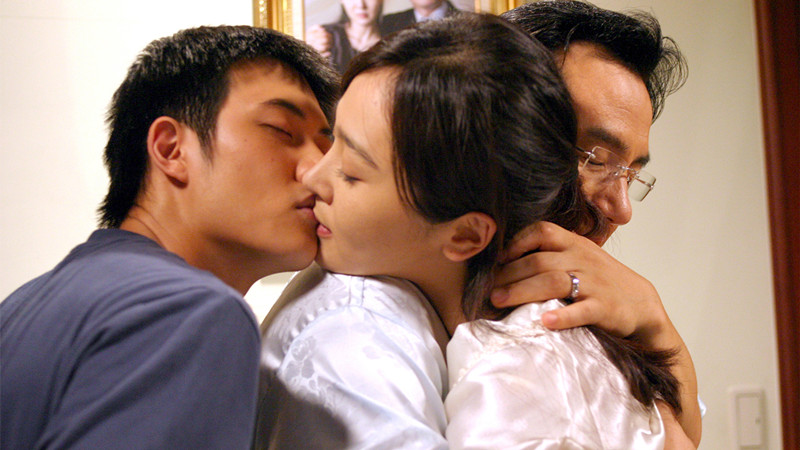
With 22 films currently in his career, and having won awards in Cannes, Berlin, Venice and many others, Kim Ki-duk is one of the most distinguishable South Korean filmmakers in the world, despite the extremity of his films, which have regularly caused him trouble.
Since his first complete work in 1995, titled “Crocodile”, he has been writing and directing one or two films per year, as he gained fame for their low-budget productions and their very short shooting time.
Global acclaim came with “The Isle”, as the film became notorious when an Italian journalist fainted during the press screening in Venice. The press’s opinion of him was always ambiguous, with a large part of South Korean journalists deeming him a monster, a psychopath, and utterly useless. Kim, however, maybe as a reaction, continued filming extreme movies, finding his apogee in “Moebius”.
Here is a list of his most distinct traits:
1. Scarce Dialogue
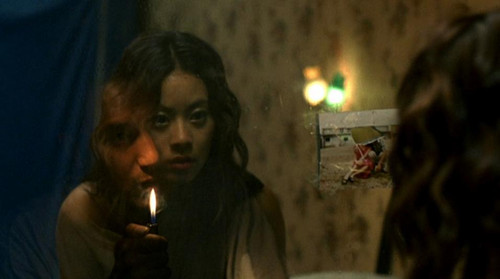
In probably his most obvious trait, the overwhelming majority of his films feature little to almost no dialogue, with “The Isle”, “Bad Guy”, and most of all, “Moebius”, as the most distinct samples of this.
However, instead of becoming a liability, silence has become a weapon in Kim’s hands, with the lack of dialogue actually emphasizing the few moments the characters talk. This was particularly obvious in “Bad Guy”, when supposedly mute Han-gil becomes so frustrated that he reveals his almost comically thin voice. The effect is quite shocking.
Furthermore, it is frequently portrayed as another means of communication, since his characters cannot use speech, for various reasons. Lastly, silence also functions as a projection of internal pain.
In “Moebius”, on the other hand, Kim uses silence to heighten the shock value, as the absence of dialogue forces the audience to focus on the onerous spectacles.
2. Graphic depiction of violence
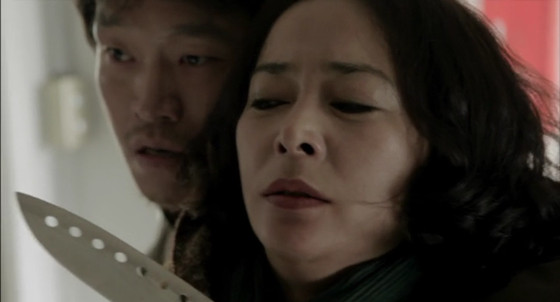
Kim Ki-duk never turned away from violence in his films. On the contrary, he embraced it fully, even managing to give it lyrical proportions at times.
The most “moderate” of his films just feature severe beatings, as is the case with “Birdcage Inn”, “3-Iron”, and “Bad Guy”. However, there are others where this trait reaches its most extremes. The scene with the fishhooks in “The Isle” is a distinct example, while the majority of “Pieta” and particularly “Moebius” move in this direction.
The scenes with the amputations in both of the aforementioned films, although radically different in context, are realistically grotesque and the most distinct examples of this tendency in Kim’s filmography.
Lastly, another example of extreme violence is “Address Unknown” with the violence exercised against dogs, and in the case of Chang Guk and his mother, towards parents.
3. Prostitutes
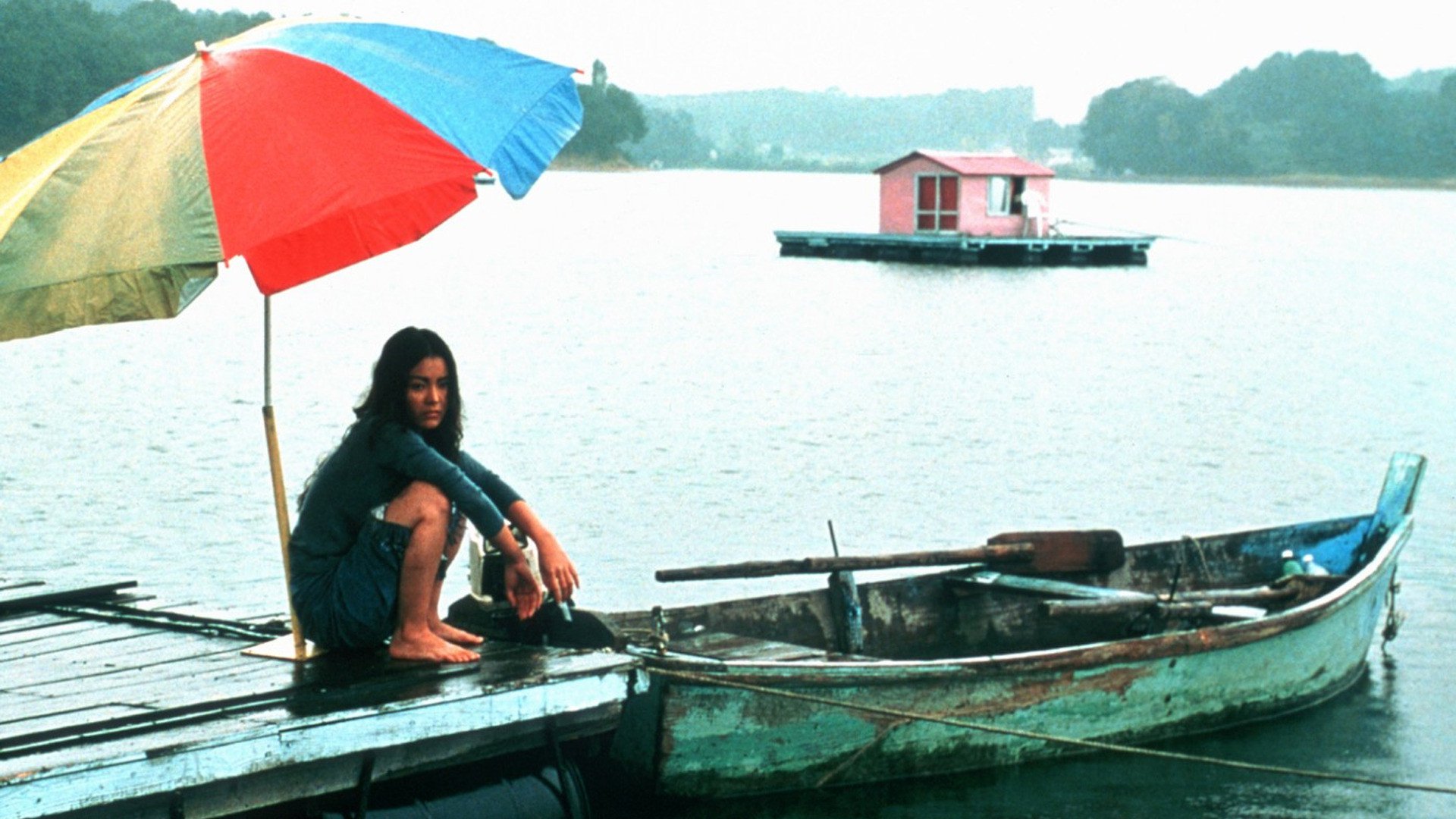
In most Kim Ki-duk’s films, women are portrayed as prostitutes, and along with the violence usually depicted against them, have repeatedly made him a target of feminist groups.
In “The Isle”, Hee-jin is also a prostitute apart from the hotel manager; the main theme “Bad Guy” is actually prostitution, while the protagonist of “Birdcage Inn” also works in the “field”. However, the film that goes furthest is “Samaritan Girl”, where the protagonist is an underage prostitute who has deified her tactics, since she has identified herself with an Indian prostitute named Vasumitra, whose clients became devout Buddhists, according to the legend.
Despite the protests, which are justified to a point, Kim uses prostitution in order to present the harsh clash distinctions in Korean society, and particularly the one regarding male domination over women. Furthermore, prostitution also shows the brutality of the world, which, according to Kim, is ugly and evil, while people are either monsters or victims.
4. Images like paintings
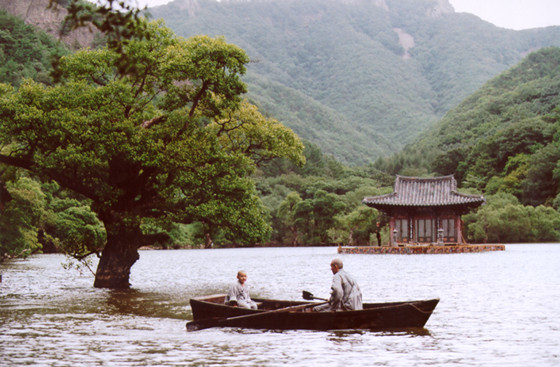
Despite their evident low budget, Kim Ki-duk’s films always included images of astonishing beauty. This fact is exemplified particularly in four films.
In “Time”, in surrealistic fashion, with the unusual sculptures on the beach, and particularly the one with the ladder between the hands.
In “Spring, Summer, Autumn, Winter… and Spring”, with the depiction of the lake during the four seasons, and particularly during the winter, when it is frozen.
In “The Bow”, the various images of the sea, and particularly the one where the girl is hanging from a swing on the side of the boat, in front of a Buddhist painting.
In “The Isle”, the general concept with the little rooms floating in the lake is very beautiful as it is unique.
5. Writing his own scripts

Apart from his obvious prowess in directing, Kim Ki-duk is also a great scriptwriter, having penned all of his films. Both his characters and the stories of his films exemplify his artfulness.
The first aspect becomes evident in a plethora of occasions. Han-ki, the silent pimp in “Bad Guy”; Tae-suk, the young man who spends his nights in other people’s houses when they are missing, fixing their appliances and washing their clothes as a form of payment in “3-Iron”; and Kang-do, the violent collector who longs for his mother in “Pieta”, are just a few examples of the aforementioned trait.
The second aspect becomes evident in both of the aforementioned films, but also in “Moebius”, where the story is based on a young man whose mother has castrated him and the repercussions of her act in the people around him, his father, and himself. Kim’s prowess in scriptwriting is also exemplified in films directed by his former assistants, as is “Rough Cut” by Jang Hoon, and “Poongsan” by Jai-hong Juhn, among others.